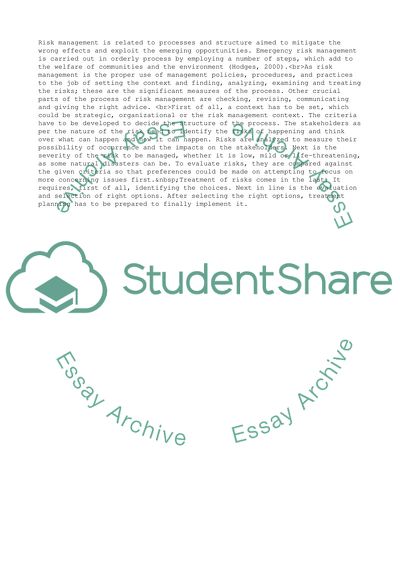Cite this document
(Emergency Risk Management: Tsunami as a Natural Disaster Research Proposal, n.d.)
Emergency Risk Management: Tsunami as a Natural Disaster Research Proposal. Retrieved from https://studentshare.org/management/1730350-not-ablicable-2
Emergency Risk Management: Tsunami as a Natural Disaster Research Proposal. Retrieved from https://studentshare.org/management/1730350-not-ablicable-2
(Emergency Risk Management: Tsunami As a Natural Disaster Research Proposal)
Emergency Risk Management: Tsunami As a Natural Disaster Research Proposal. https://studentshare.org/management/1730350-not-ablicable-2.
Emergency Risk Management: Tsunami As a Natural Disaster Research Proposal. https://studentshare.org/management/1730350-not-ablicable-2.
“Emergency Risk Management: Tsunami As a Natural Disaster Research Proposal”, n.d. https://studentshare.org/management/1730350-not-ablicable-2.


